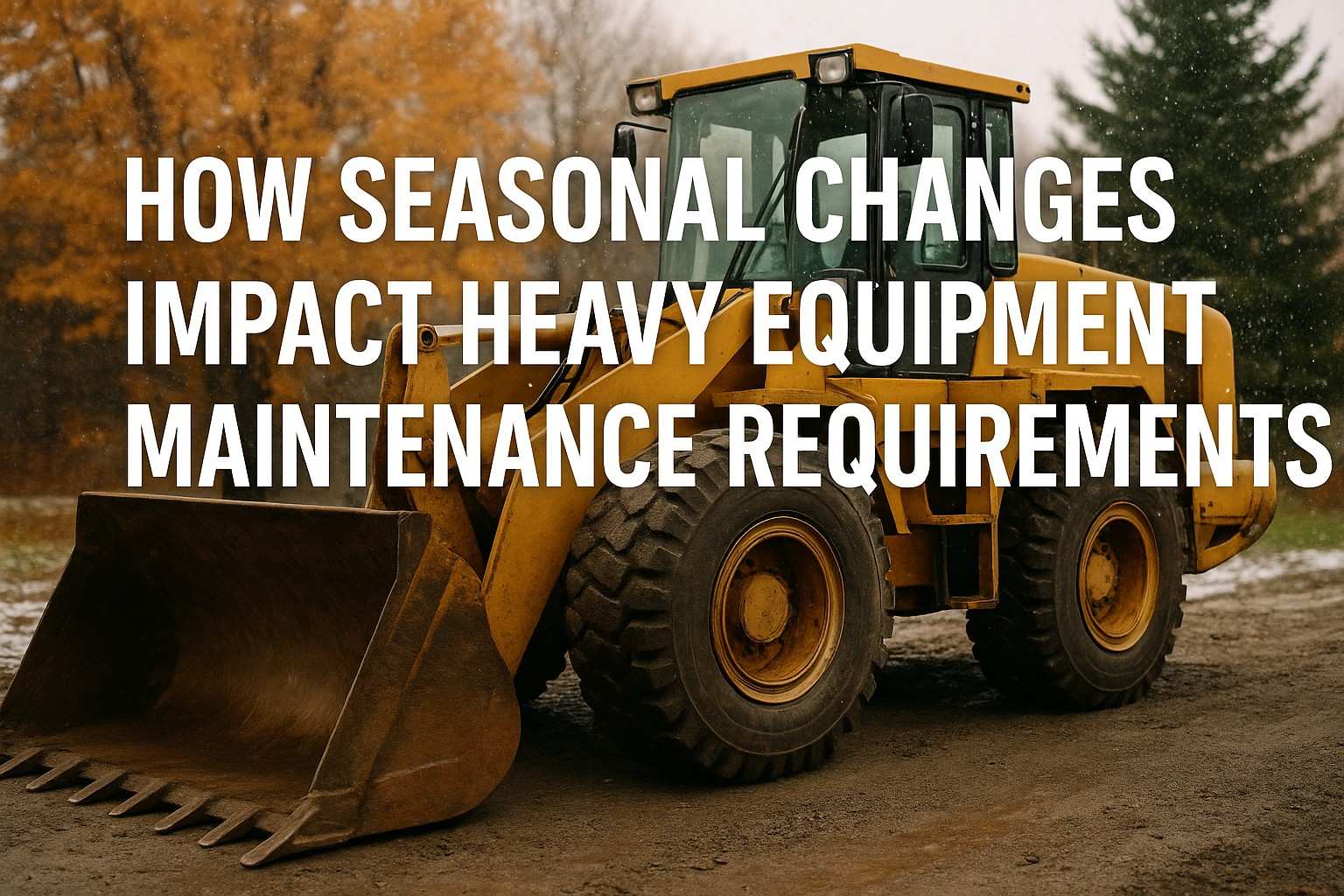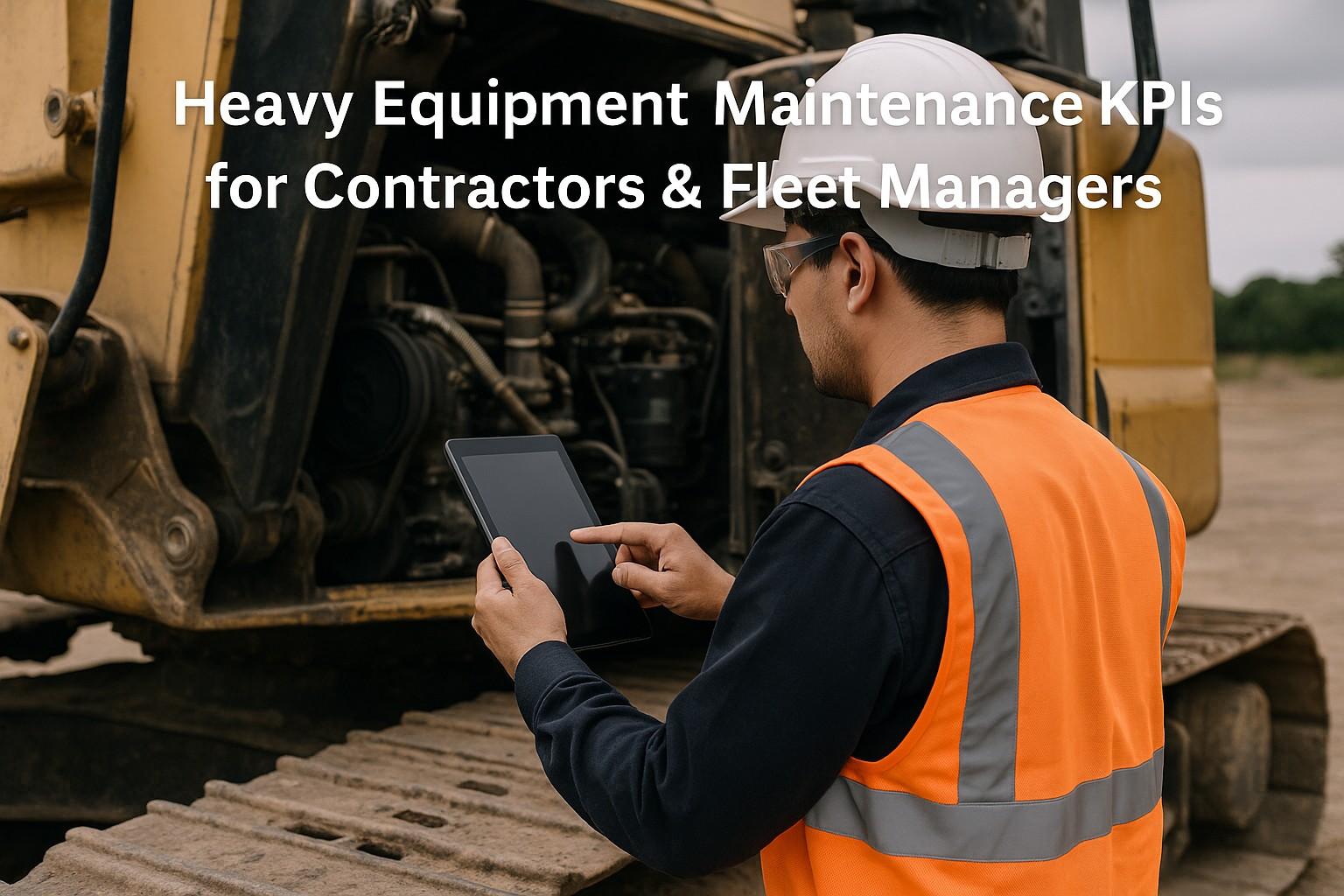Fleet uptime optimization has become the defining factor separating profitable construction operations from struggling competitors, with industry leaders achieving 94% equipment availability while reactive operators struggle at 67% uptime. Real-time equipment monitoring transforms fleet performance through continuous health assessment, predictive failure detection, and automated maintenance scheduling that eliminates 75% of unexpected downtime. With construction equipment downtime costing an average of $87,000 per machine annually, implementing comprehensive monitoring systems delivers immediate ROI while establishing sustainable competitive advantages.
This proven fleet uptime optimization framework eliminates 65% of unplanned downtime, reduces operational costs by 45%, and generates annual savings exceeding $125,000 per machine through systematic implementation of real-time monitoring protocols. More importantly, it transforms reactive maintenance culture into predictive operational excellence that ensures project delivery, maximizes equipment utilization, and drives long-term profitability across challenging construction environments.
Fleet Performance Impact Analysis
Ready to Transform Your Fleet Performance?
Discover proven monitoring strategies that unlock unprecedented uptime and operational efficiency.
The Ultimate Real-Time Fleet Monitoring Framework
Effective fleet uptime optimization requires a comprehensive monitoring approach that addresses the five critical failure modes responsible for 89% of all equipment downtime: hydraulic system deterioration, engine performance decline, cooling system inefficiencies, transmission wear patterns, and electrical system anomalies. This monitoring framework integrates predictive analytics, condition-based maintenance, and automated alert systems into a unified platform that maximizes equipment availability while minimizing total operational costs.
Advanced Technology Integration for Maximum Uptime
Modern fleet monitoring transcends basic telematics to incorporate IoT sensors, machine learning algorithms, and cloud-based analytics platforms that optimize equipment performance and maintenance scheduling. Digital monitoring systems achieve 96% uptime prediction accuracy while reducing maintenance costs by 55% through intelligent resource allocation and precision intervention timing.
Cloud-based monitoring platforms enable seamless integration with existing fleet management systems, maintenance software, and operational planning tools. This connectivity facilitates real-time collaboration between field operators, maintenance teams, and management while providing comprehensive visibility into fleet performance across multiple job sites and operational environments.
- ✓ IoT Sensor Networks providing continuous monitoring of critical systems including hydraulics, engine, transmission, and cooling
- ✓ Machine Learning Analytics delivering predictive insights based on operational patterns and environmental conditions
- ✓ Mobile Applications enabling field teams to access real-time equipment status and maintenance requirements
- ✓ Cloud Platforms providing scalable data storage, processing power, and advanced analytics capabilities
- ✓ Integration APIs connecting monitoring systems with existing fleet management and ERP platforms
- ✓ Automated Reporting generating compliance documentation and performance analysis for operational optimization
Implementation Strategy for Maximum ROI
Successful fleet monitoring implementation requires a systematic approach that minimizes operational disruption while maximizing immediate benefits. The recommended deployment timeline spans 4-8 months with priority given to high-impact monitoring systems that demonstrate immediate value before expanding to comprehensive predictive analytics platforms.
Investment in advanced monitoring technologies provides protection against equipment obsolescence while ensuring compatibility with emerging fleet management standards. Total cost of ownership calculations strongly favor early adoption, with payback periods typically ranging from 12-18 months through reduced downtime, improved efficiency, and extended equipment life.
- ✓ Deploy basic monitoring sensors with $8,000-15,000 investment per machine for essential system tracking
- ✓ Implement mobile monitoring applications requiring $25,000 platform investment and team training
- ✓ Establish baseline performance metrics and monitoring protocols for each equipment type
- ✓ Create automated alert systems for critical conditions and maintenance schedules
- ✓ Train operators and maintenance teams on monitoring system operation and response procedures
- ✓ Integrate with existing fleet management systems for unified operational visibility
- ✓ Deploy comprehensive sensor networks with $35,000-50,000 per unit investment for complete monitoring
- ✓ Implement predictive analytics platforms with machine learning capabilities for failure prediction
- ✓ Establish automated maintenance scheduling based on real-time equipment condition data
- ✓ Create performance dashboards for operational teams and executive management
- ✓ Deploy advanced diagnostic tools for comprehensive equipment health assessment
- ✓ Integrate with parts inventory and service provider systems for coordinated maintenance
Measuring Success: Essential KPIs for Fleet Optimization
Effective fleet monitoring requires continuous measurement and optimization based on quantifiable performance indicators that demonstrate operational improvement and financial returns. These metrics enable data-driven decision-making and justify continued investment in monitoring excellence programs.
Investment in advanced monitoring technologies provides comprehensive visibility into fleet performance while enabling predictive planning and resource optimization. Success measurement through established KPIs ensures continuous improvement and validates monitoring system effectiveness across diverse operational environments.
- ✓ Overall Equipment Effectiveness (OEE) targeting 92%+ improvement from baseline performance levels
- ✓ Mean Time Between Failures (MTBF) increase of 50-70% within first year of monitoring implementation
- ✓ Maintenance cost optimization achieving $85,000-$150,000 annually per machine through predictive scheduling
- ✓ Fuel efficiency improvement of 15-22% through optimized operations and maintenance timing
- ✓ Compliance score improvement reducing OSHA violations by 95% through systematic monitoring
- ✓ Unplanned downtime reduction to less than 3% of total operating hours
Regulatory Compliance and Future-Proofing Strategies
US construction equipment regulations under OSHA, EPA, and DOT requirements demand specific monitoring documentation and performance standards that continue evolving with environmental and safety mandates. This monitoring framework not only improves operational efficiency but also ensures compliance with current regulations while preparing for future requirements.
Emerging federal standards for construction equipment emissions and safety monitoring will require enhanced documentation capabilities and real-time compliance verification. Early implementation provides competitive advantage and avoids costly retrofit expenses while positioning operators for regulatory requirements and market opportunities.
Maximizing ROI Through Strategic Fleet Monitoring Excellence
The implementation of comprehensive real-time fleet monitoring represents more than operational improvement—it's a strategic investment in fleet sustainability and profitability that positions US contractors for significant competitive advantages in an increasingly demanding market. The financial benefits extend beyond immediate cost savings to encompass improved project delivery capabilities and enhanced equipment value retention.
US contractors who embrace advanced monitoring protocols achieve measurable improvements in equipment reliability, operational costs, and project profitability. Conservative estimates suggest total ROI exceeding 400% within three years of full implementation, with immediate benefits visible within the first quarter following deployment.
The construction industry's digital transformation demands proactive adaptation and investment in proven monitoring strategies. Fleet operators who implement comprehensive monitoring systems today will be best positioned to capitalize on emerging opportunities while avoiding the costly consequences of reactive management approaches that plague traditional operations.
Transform Your Fleet Monitoring Strategy Today
Start implementing proven monitoring protocols and join the ranks of America's most successful fleet operators.




